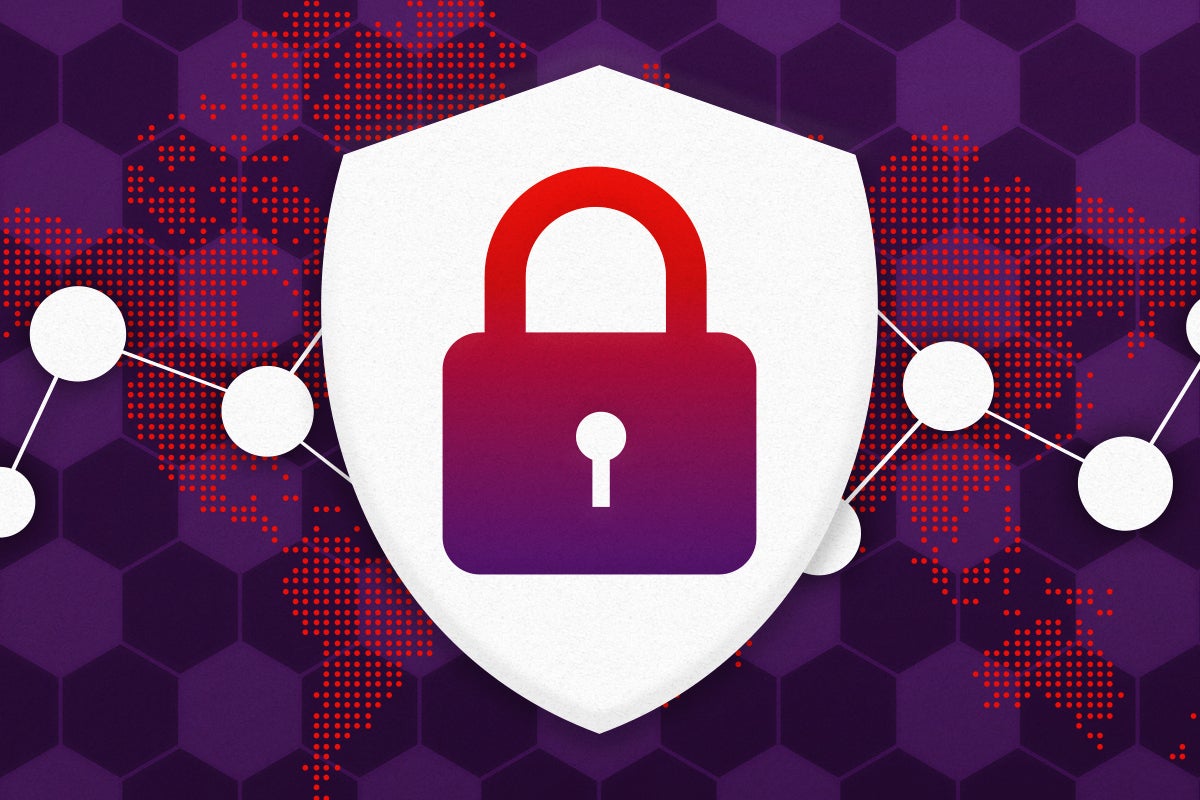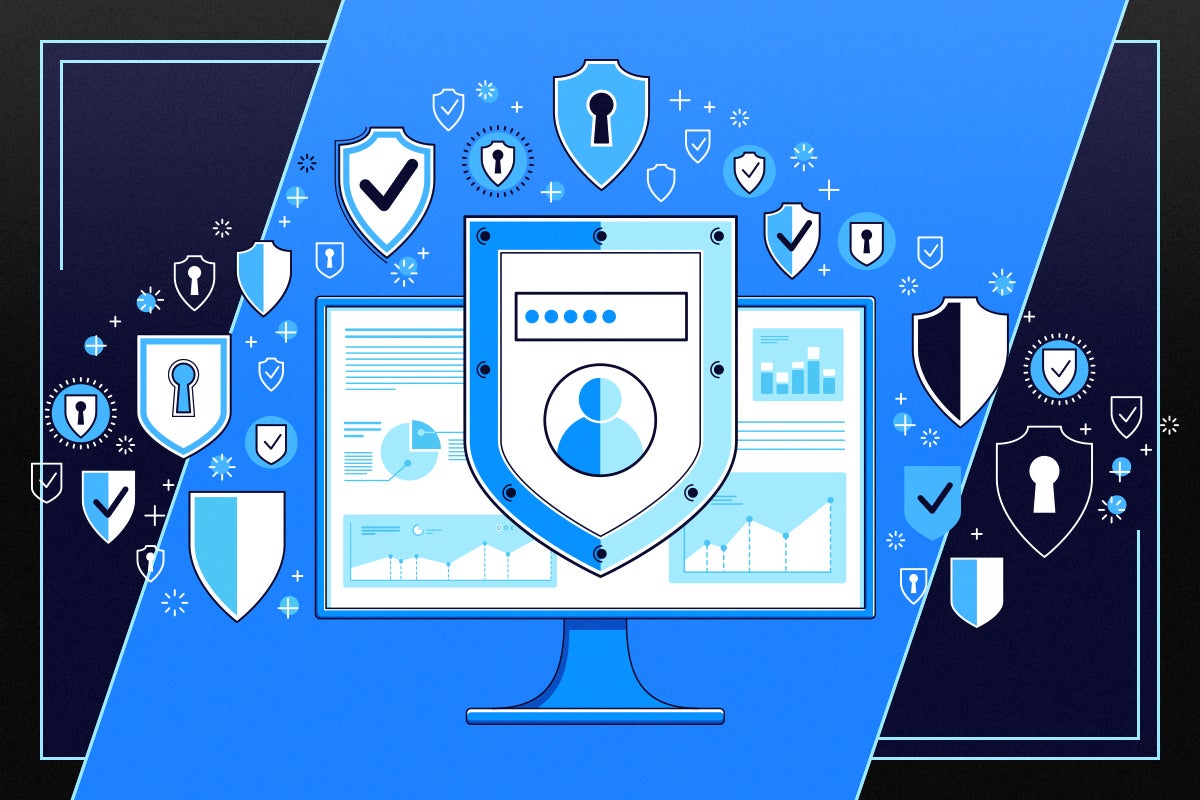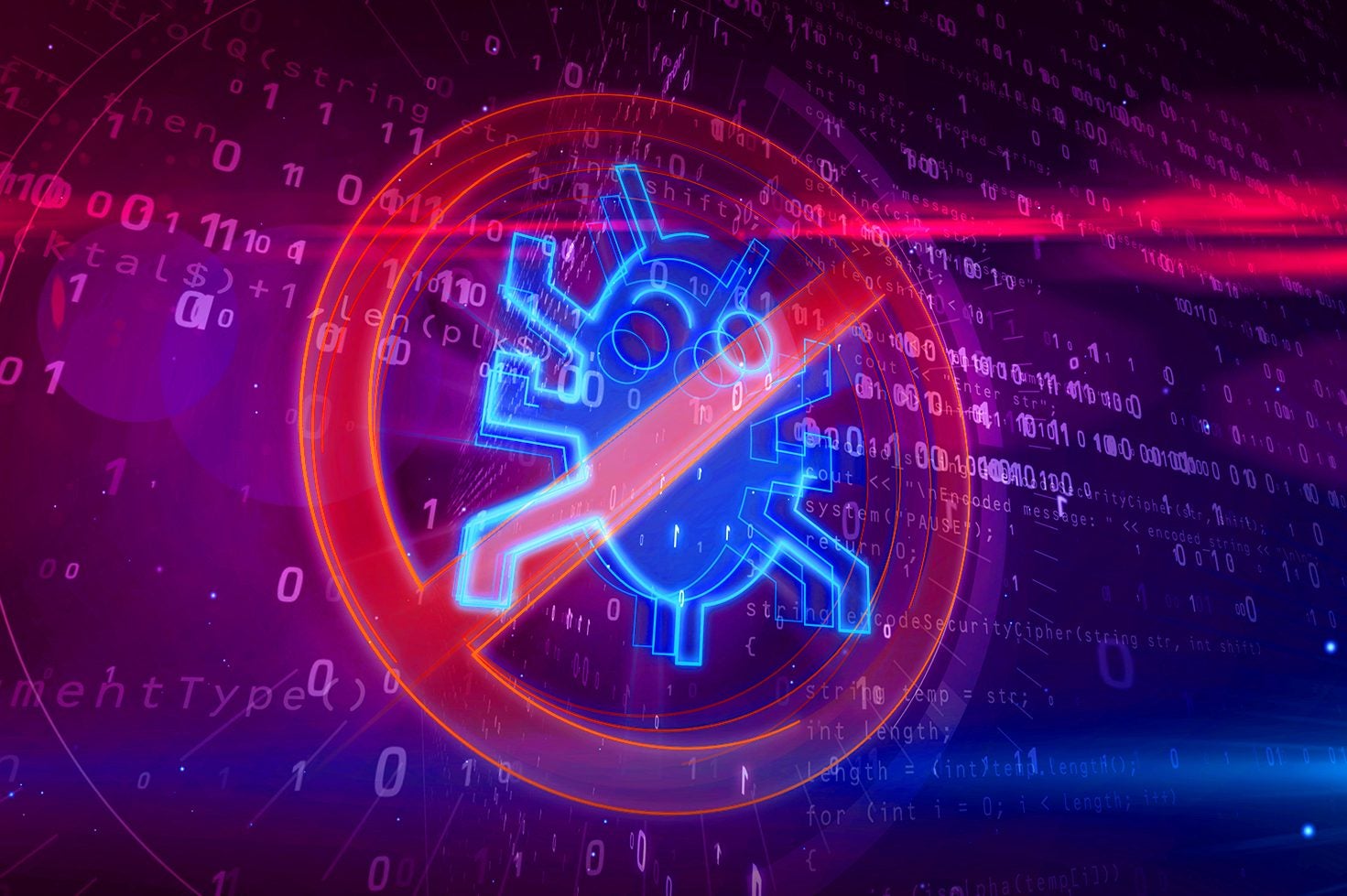Is Instagram safe? We asked experts so you don’t have to

With so many social media sites to choose from, here is some expert advice on how to stay safe while using Instagram.
We spoke to some experts on security and social media so you know how you stay safe on Instagram, and what the threats actually are.
What is Instagram?
Instagram is an image-based social media network that appeared in 2010 and has done nothing but grow in the last 11 years.
In 2012, the app was purchased by Facebook, which only furthered its growth in all demographics. Now, there are around one billion active users on Instagram, making it one of the most popular social media sites worldwide.
What are the main risks?
“The risks to users of Instagram are similar to those we all face. A common one is phishing URLS that either steal users’ personal data or distribute malicious software that can infect their devices or steal their identities,” says Tom Gaffney, principal security expert at F-Secure.
“There are also some threats that are unique to Instagram. As the whole system works on building followers, some criminals will create automated fake accounts that follow each other to give the appearance that these are popular and therefore legitimate accounts.”
Fake accounts are an issue on Instagram, however, the app allows you to report accounts that you believe to be fake or dangerous.
“Sharing photos of your personal life where details such as road name or address might be captured in the background, as well as photos containing other sensitive information, such as ID cards and bank cards, can also pose a serious risk,” says Antony Demetriades, vice president at McAfee.
“They ultimately provide hackers with personal data to use when crafting a scam and opportunity to impersonate your identity.”
It’s suggested that you don’t upload any identifying information to Instagram, such as your address, mobile number, or any financial information. This means that people you don’t know are less likely to know where you live or how to contact you outside of the app.
Do hackers target Instagram?
“While you may believe that sharing photos on Instagram is risk-free, the information you share on any online entity – known as your digital footprint – can provide valuable details for hackers and needs to be carefully considered before it’s posted,” Demetriades goes on to say.
“The more information a hacker has about you, the better equipped they are to craft a targeted attack, and therefore users of social media platforms, such as Instagram, are prime targets for cybercriminals.”
This also shows how sharing personal information can be dangerous online.
“Hackers do target Instagram and it’s usually done en masse in an automated way, such as sending unsolicited links to offers and products. By building networks that have many followers (generally all fake accounts), they can appear to be a trusted source,” Gaffney says.
“What they want is for users to click on links that download malicious software to their device that harvests personal details which is used in identity theft.
“They will sometimes just want you to like or follow their content as it makes the fake accounts look more authentic.”
When using Instagram, it’s best practice to only let people you know see and interact with your account, and you should always avoid clicking on links that are sent by someone you don’t know.
Would you let your kids use it?
“It’s very tough to deny children access to tools that are popular with their peers. Blocking is an option but be aware your child may find other means of communicating online,” Gaffney recommends.
“It’s much better to allow your child access when age appropriate and help them approach Instagram and the Internet in general under guidance. For example, keep their accounts private, never over-share and follow their account with your own profile so you can help guide them.”
Instagram is most popular with teenagers, and statistics show that more than half of the global Instagram population is under 34 years of age. It also ranked as the third ranked app by teenagers in 2020.
“We know that many parents have become more aware of the need for their children to be protected online, and as the prominence of social media amongst the younger generation continues to rise, it’s important for parents to educate their children about online safety and to regularly discuss it at home,” Demetriades claimed.
What data does Instagram collect?
“Everything we do on the platform is tracked by Instagram, with a view to delivering adverts that it believes we will be interested in. That data is valuable to cybercriminals, who can also mine the wealth of information about us,” says David Emm, principal security researcher at Kaspersky.
“It’s a great way for cybercriminals to find out further information about people including their interests and activities outside of work.
“This adds credibility to a spear phishing campaign, thanks mainly to the specific preparation and prior analysis of the victim that makes it possible to deploy a highly prepared attack.”
Since Instagram is an image based social media, it’s important that people you don’t know can’t see where you’re going, since it is possible for people to track someone’s schedule off of their social media.
What are the best ways for users to protect themselves on Instagram?
“Watch out for geo-tagging. Many social networks will tag a user’s location when uploading a photo, as well as offering users the option to tag their location when posting,” Demetriades went on to say.
“You should ensure this feature is turned off to avoid disclosing your location to criminals or people you would not want to know your whereabouts.
“Set up unique logins for each app you are using. Setting up a different password for each app or account you use is a great way to protect yourself and your data online.
“If you no longer use a social media account, delete your information and deactivate your account,” Demetriades recommends.
It’s also important to make sure that you are not using the same passwords for different social media accounts, as it will make it easier for hackers to access your accounts. Setting up two-factor authentication can also help protect you from hackers.
“To take control of their digital identity, all consumers must be vigilant about the information they share with online organisations, review privacy settings and make sure to use strong, unique passwords and two factor authentication on all digital services,” Emm said.
“Reviewing cookie policies is also important, to ensure you are not sharing more data with companies than you would like to.
“Regardless of the platform that people are using and irrespective of any specific vulnerabilities identified, people need to develop the same security processes in order to reduce the risk of an attack on their device.”
When using Instagram on other devices that are not yours, or when connected to an unsecured internet account, it’s also important to check that your account and passwords are still secure and can’t be accessed by others.
“In addition to keeping your account private, block anything that looks suspicious, especially unsolicited content from users you don’t know,” Gaffney advises.
“Never click on links to purchase, instead navigate to the organisation’s web page directly through a web search. This allows you to check if offers or articles on Instagram are legitimate.
“Ensure you have two-factor authentication enabled to prevent your account being taken over.
“Finally, make sure you have internet security software from a trusted provider and use a password manager so you can make stronger, unique passwords that don’t include birthdays, maiden names, pet names, etc.”
If you’re still interested in how to stay safe online, you can check out our list for the best VPNs by clicking on the link.





